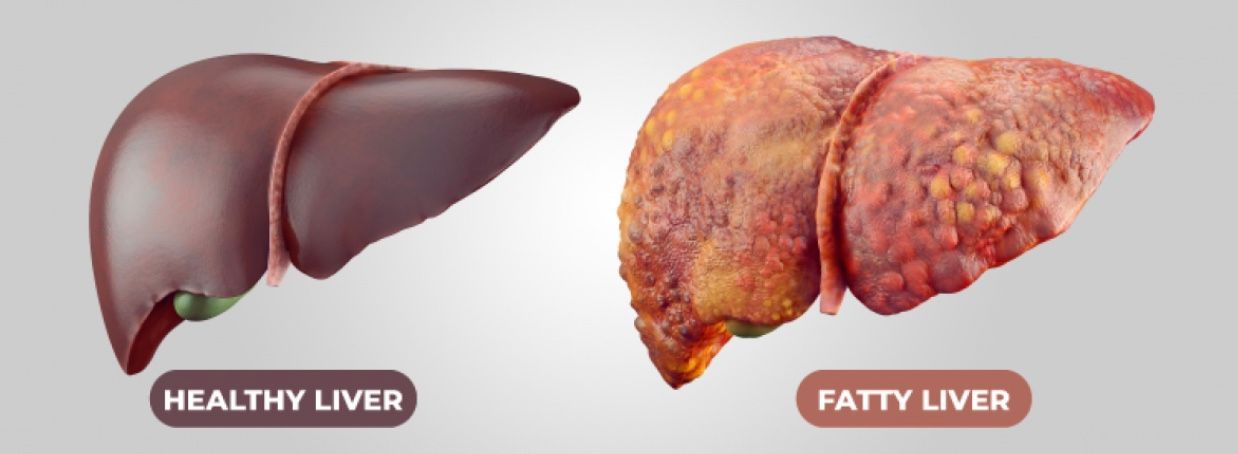Shin Splints vs. Stress Fractures in Runners
Stress fractures and shin splints are common sports injuries. In fact, running sports account for between 10-16% of shin splints. Both stress fractures and shin splints are caused by repeated stresses on parts of the lower body (though you can have stress fractures in other places) with shin splints being localized to the lower leg. Athletes and runners are most affected and both can present symptoms in different ways.
It’s important to know what to do if you’re dealing with one of these injuries. Siatta Dunbar, DO, CAQSM, and her medical care team are dedicated to helping people with all types of comprehensive, sports-related medical needs.
What are shin splints?
Shin Splints, also called medial tibial stress syndrome, are pain along the tibia bone (shinbone) on the lower front leg, common during or after sports activity, especially running. It includes inflamed muscles, tissue, and bone around your tibia, usually occurring where the muscle attaches to the bone.
The pain may include a sharp or dull throbbing sensation along the bone and might be further aggravated by touching it. If left ignored, it can hinder your training or exercise routine. Therefore, if you are experiencing any pain near your shins, it is vital to have it checked by Dr. Dunbar as soon as possible.
What are stress fractures?
Stress fractures are a type of overuse injury where the muscle becomes fatigued. This fatigue keeps your muscles from absorbing shocks as you go through your running training regiment. As a result, the muscles transfer the overload to the bone, causing the cracks that contribute to stress fractures.
Stress fractures are often caused by increasing training activity too quickly or running on unfamiliar surfaces. Improper shoes can also play a role, as well as not getting proper rest between workouts. The result can sideline you for weeks or even months, keeping you from your daily workout routine or competition.
What can be done to treat shin splints and stress fractures?
The most important part of treating both injuries is rest. Since overuse is the main issue, it’s important to dial back your workout routine. A regimen of low impact, pain-free activity (such as swimming) is a good alternative and shoe inserts or braces can help with the healing process.
For shin splints, flexibility exercises, compression bandages, ice, and anti-inflammatory medicines are all helpful as well.
Detection and prevention are key elements in managing and avoiding both issues and having a sports injury team ready to help is your best defense when shin splints, stress fractures, and other sports injuries happen. Call the office or make an appointment online with Dr. Dunbar and to find the best treatment plan to keep you running strong.
The post Shin Splints vs. Stress Fractures in Runners appeared first on Saravit Wellness.












